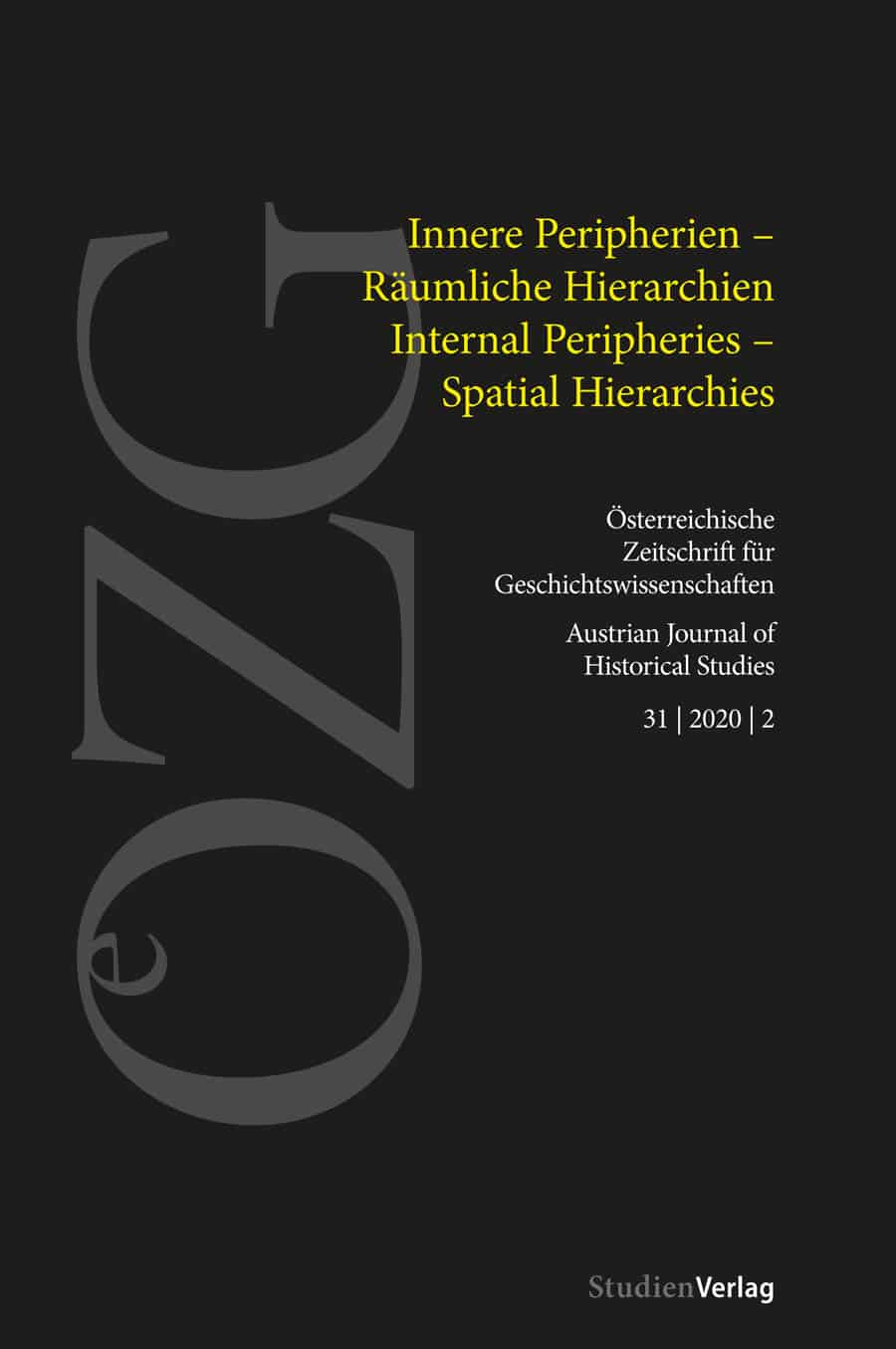Innere Peripherien als Forschungsansatz
Das Beispiel Emsland bis zur Industrialisierung
DOI:
https://doi.org/10.25365/oezg-2020-31-2-2Abstract
The article aims to show connections between capitals and provinces in a more precise fashion than traditional regional history has done. It starts with an overview of methods in the “internal peripheries” approach. The Emsland, a region in Northwest Germany with heathlands and poor soils, serves as a case study. Until 1803 it was part of the Prince-Bishopric of Münster. The number of “Heuerlinge”, a social group below the peasantry, increased from the 15th to the 18th century, which contri-buted to an overexploitation of natural resources by turning woodlands into heathlands. Economically the Emsland developed into a reservoir of cheap seasonal labour for the Netherlands, while politically the new border cut re-lations and the prince-bishop enforced Catholicism. During the short period when the Emsland was part of France labour costs and taxes rose. It was not before nineteenth-century industrialisation in Germany that these conditions changed.
Downloads
Veröffentlicht
Zitationsvorschlag
Ausgabe
Rubrik
Lizenz
Copyright (c) 2020 Österreichische Zeitschrift für Geschichtswissenschaften

Dieses Werk steht unter der Lizenz Creative Commons Namensnennung 4.0 International.


